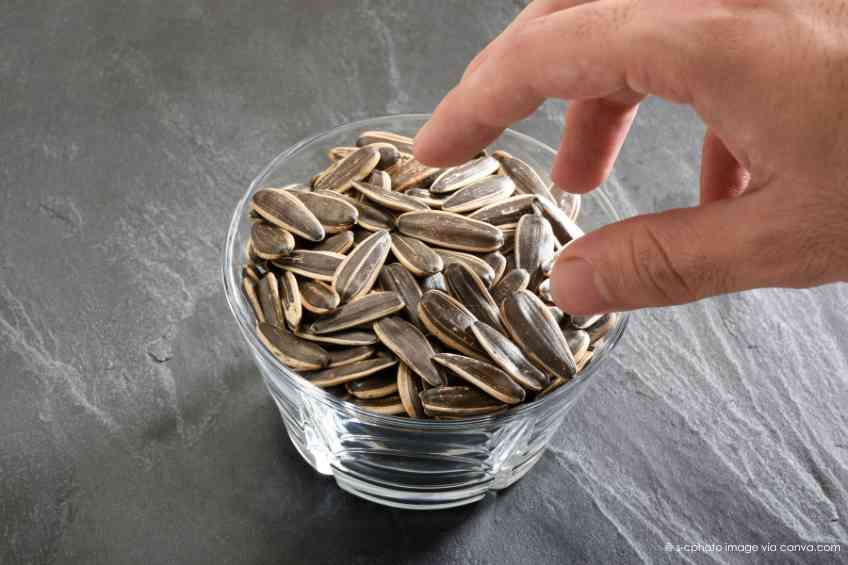The Skinny:
Yogurt may not be a superfood, but Americans certainly love it for all sorts of health and flavor-inspired reasons. In 2022, for example, per capita annual consumption of yogurt was about 14 pounds. This is down slightly from peak per person consumption in 2014, but demand for yogurt remains strong, especially with rising demand for Greek and Icelandic styles. While yogurt may be popular, it certainly isn’t simple. There is a mind-boggling array of options that differ by fat percentages, additives, flavors and packaging sizes. All of these choices are then broken down into three major categories: classic commercial yogurts, along with Greek and Icelandic styles. And in case anyone is wondering, yogurt’s name comes from an Ottoman Turkish word, “yoğurmak,” meaning curdling and thickening. An ancient product that has been made for about 7,000 years, it can be produced by using cow, goat, sheep, yak, camel and even water buffalo milk. All this, of course, doesn’t explain just what differentiates the various styles in terms of their health benefits and appeal. This is where WellWell comes in to help. Read on.
The Slate:
Basic Nutritional Breakdown
Basically, a 6-ounce serving of almost any yogurt offers up a healthy heap of protein, calcium, riboflavin and vitamin B-12. It also contains phosphorus, magnesium and potassium. The serving’s probiotic bacteria aid digestive, immune systems and cardiovascular and metabolic health. It’s also believed that consuming yogurt lowers the risk of cancer, type 2 diabetes and hip fractures. Sugar content, however, can vary widely.
Comparisons
A six-ounce serving of classic plain non-fat yogurt such as Danon has 80 calories, 12 grams of carbohydrates, 12 grams of sugar, 120 milligrams of sodium, 9 grams of protein and 30 grams of calcium.
Chobani Greek yogurt, in turn, provides 100 calories, 7 grams of carbohydrates, 7 grams of sugar, 80 milligrams of sodium, 18 grams of protein and 20 grams of calcium.
Siggi’s plain Icelandic yogurt offers up 102 calories, 6.8 grams of carbohydrates, 4.5 grams of sugar, 62 milligrams of sodium, 18 grams of protein and 170 milligrams of calcium.
Classic Commercial Yogurt – “Healthy”
European brand Danone brought commercial production of yogurt to the U.S. in 1942. Its product starts with milk being centrifuged. Powdered or concentrated milk may be added to produce the desired fat composition. The mixture is then pasteurized, homogenized, cooled and bacteria are added for fermentation. After several hours of controlled heating followed by cooling, things like fruits and flavorings may be added. Its popularity soared in the 1950s and 1960s with the addition of sugary fruit.
Greek Yogurt – “Healthier”
FAGE Greek yogurt came to the U.S. in 1990, followed 15 years later by Chobani, the top-selling Greek-style brand in the U.S. This style involves a straining process that removes liquid whey, water, some lactose sugars and salt. It’s thicker, tangier, has four times the milk and more calories and protein than classic commercial types. But it also has less sugar, sodium, carbohydrates and calcium. Some Greek styles have more fat or sugar and are relatively thicker because condensed milk or gelatin is added.
Icelandic “Skyr” Yogurt — “Healthiest”
Icelandic Provisions started selling Skyr in 1929. Siggi’s, the fastest-growing brand, started in 2005. Icelandic style’s noticeably thicker than Greek, but not as tangy. It’s incubated longer at lower temperatures before being strained or separated and whipped. Made from skim milk, Skyr has minimal fat, sugar and sodium, but high protein, vitamin and mineral content. It is technically sour milk and cheese because rennet is added along with the bacterial culture.
Helpful Hints
It is always a good idea to read labels with anything, but especially with yogurt. Generally, fewer ingredients are better. “Live and active cultures” guarantee beneficial live bacteria, which are killed in “heat-treated” yogurts. Avoid low-protein commercial styles that have little or no fat and lots of added sugar are poor nutritional bargains. Greek and Icelandic styles have low fat and more protein. Remember, dietary fats are not always bad – conjugated linoleic acid helps reduce heart disease risk, lowers body fat and inflammation, improves blood sugar management and helps fight cancer.
Eyes Up:
What’s your go-to yogurt? Tell us at info@wellwellusa.com.
WellWell editors independently identify services and products of interest. If readers purchase anything through the associated links, WellWell may earn a commission, which goes to support our work. Learn More.













